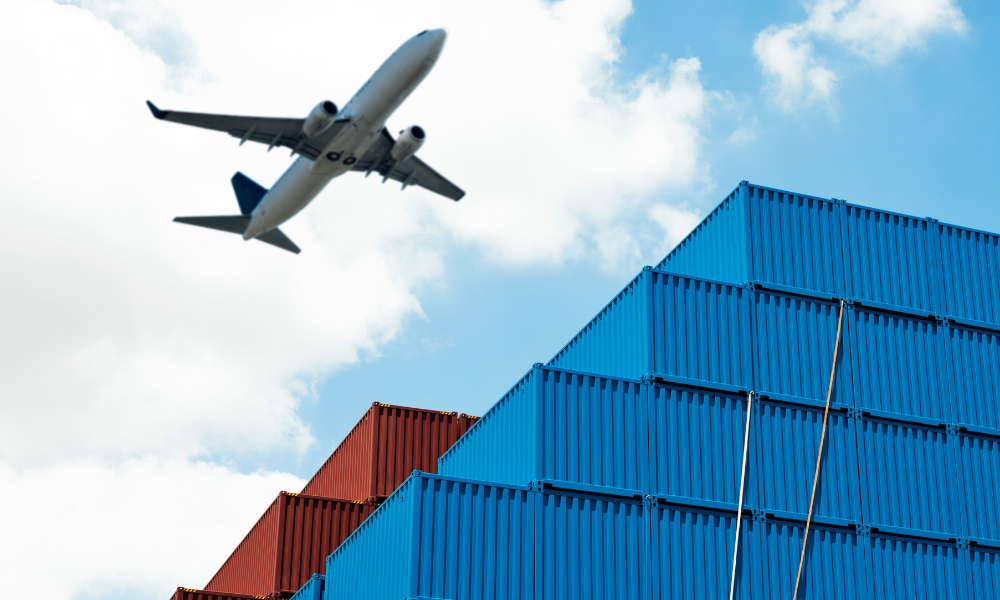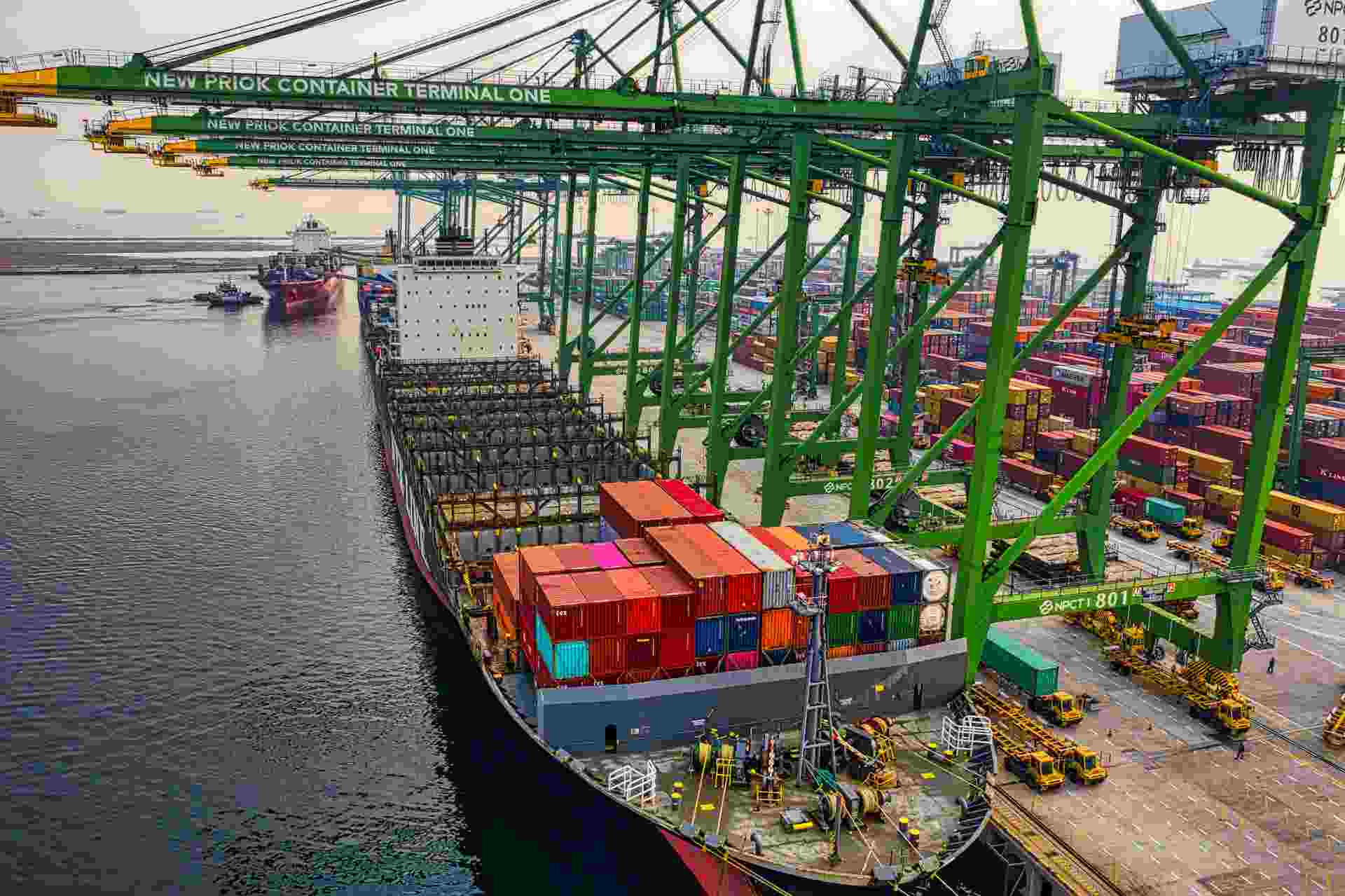In recent years, digital freight forwarding platforms have emerged as powerful tools that are reshaping the way goods move across borders.
By replacing manual processes and paper-based documentation with real-time tracking, automated workflows, and online booking systems, these platforms are making international shipping faster, more transparent, and more efficient than ever before.
This article explores the rise of digital freight forwarding, the benefits it offers to businesses, and why it’s becoming the new standard in global trade.
What is Digital Freight Forwarding?
Digital freight forwarding refers to the use of online platforms and technology-driven tools to manage the shipment of goods. Unlike traditional freight forwarders, who often rely on phone calls, emails, and manual paperwork, digital freight forwarders use cloud-based systems, AI, and automation to handle the entire shipping process.
These platforms typically offer:
- Instant freight quotes and booking
- Real-time shipment tracking
- Automated documentation
- Digital payments and invoicing
- Data analytics for supply chain optimization
The Shift from Traditional to Digital Freight Forwarding
Traditionally, freight forwarding involved a complex network of carriers, customs agents, and brokers, with communication scattered across multiple channels. Quotes could take days, tracking was limited, and transparency was often lacking.
The rise of digital platforms has changed this. Now, businesses can:
- Compare rates instantly from multiple carriers.
- Book shipments online in minutes.
- Reduce administrative overhead with automated paperwork.
Key Drivers Behind the Rise of Digital Freight Forwarding
1. Globalization and E-Commerce Growth
The rise of e-commerce and cross-border trade has fueled demand for faster, more dependable logistics solutions. Retailers and manufacturers need shipping partners that can keep up with high volumes and tight delivery schedules.
2. Technology Advancements
Cloud computing, AI, IoT, and blockchain have made it easier to digitize complex logistics operations. These tools improve accuracy, efficiency, and security.
3. Need for Transparency
Today's corporations desire complete visibility into their supplier chains. Digital platforms provide real-time updates on shipment status, helping companies plan more effectively and avoid delays.
4. Cost Efficiency
Automated systems reduce manual labor costs and errors, while real-time rate comparisons allow businesses to choose the most cost-effective shipping options.
Benefits of Digital Freight Forwarding Platforms
1. Speed and Convenience
Booking shipments is faster and easier online. Instead of waiting days for quotes, businesses can get instant pricing and secure their bookings in minutes.
2. Real-Time Tracking
IoT-enabled sensors and GPS tracking allow companies to monitor shipments at every stage, reducing uncertainty and improving customer communication.
3. Data-Driven Decision Making
Digital platforms collect and analyze shipment data, helping businesses identify trends, optimize routes, and forecast future needs.
4. Improved Accuracy
Automation reduces human error in documentation, billing, and customs clearance, ensuring smoother operations.
5. Scalability
Digital freight solutions can easily handle growing shipment volumes without the need for proportional increases in staff or resources.
Popular Features of Modern Digital Freight Forwarding Platforms
- Instant Quoting Tools: Compare rates from multiple carriers in seconds.
- Automated Customs Documentation – Streamline compliance with international trade laws.
- Integrated Payment Systems – Pay online securely without delays.
- Mobile-Friendly Interfaces – Manage shipments on the go.
- Analytics Dashboards – Track KPIs like transit times, costs, and carrier performance.
Challenges and Considerations
While digital freight forwarding offers many advantages, it’s not without challenges:
- Technology Adoption – Some companies may struggle to transition from traditional processes.
- Cybersecurity Risks – Increased digital operations require strong data protection measures.
- Carrier Integration – Not all shipping providers are fully compatible with digital platforms.
However, these challenges are being addressed as the industry continues to innovate and adapt.
Case Study: How Digital Freight Forwarding Improves Efficiency
Imagine a mid-sized electronics manufacturer shipping components from Asia to Europe.
Traditional Approach:
- Quote request via email, response in 2–3 days.
- Manual paperwork for customs clearance.
- Limited tracking updates.
- High risk of delays and miscommunication.
Digital Approach:
- Instant quotes and booking within 15 minutes.
- Automated document submission to customs.
- Real-time tracking with ETA updates.
- Reduced lead times and improved customer satisfaction.
The Future of Digital Freight Forwarding
As technology advances, expect even more advancements in the freight forwarding space:
- Blockchain for Secure Transactions – Enhancing transparency and trust between parties.
- AI-Powered Route Optimization – Reducing transit times and fuel costs.
- Fully Autonomous Logistics – Self-driving trucks, drones, and automated warehouses.
In the next decade, digital freight forwarding will likely become the default choice for most businesses engaged in international trade.
Why Businesses Should Consider Switching Now
With supply chain disruptions and increasing competition, adopting a digital freight forwarding platform can:
- Improve customer satisfaction.
- Reduce costs through smarter decision-making.
- Enhance operational agility in a rapidly changing market.
Companies that embrace digital solutions now will be better positioned to adapt to future challenges and opportunities.
Final Thoughts
The rise of digital freight forwarding platforms marks a turning point in the logistics industry. By combining speed, transparency, and technology, these platforms are helping businesses streamline their supply chains, reduce costs, and improve customer experiences.
Whether you’re a small business looking to expand internationally or a large enterprise seeking efficiency, digital freight forwarding offers a competitive edge in today’s fast-moving global market. Tranznova is currently advancing its AI capabilities and will soon integrate them into its operations to deliver smarter, faster, and more innovative solutions.




